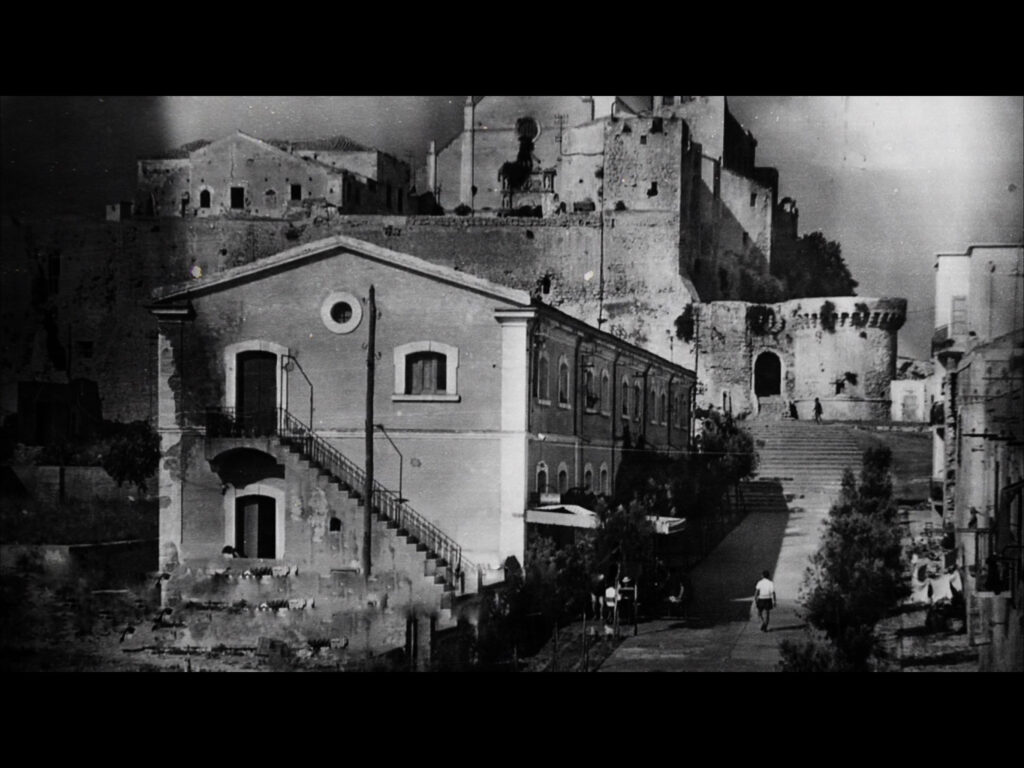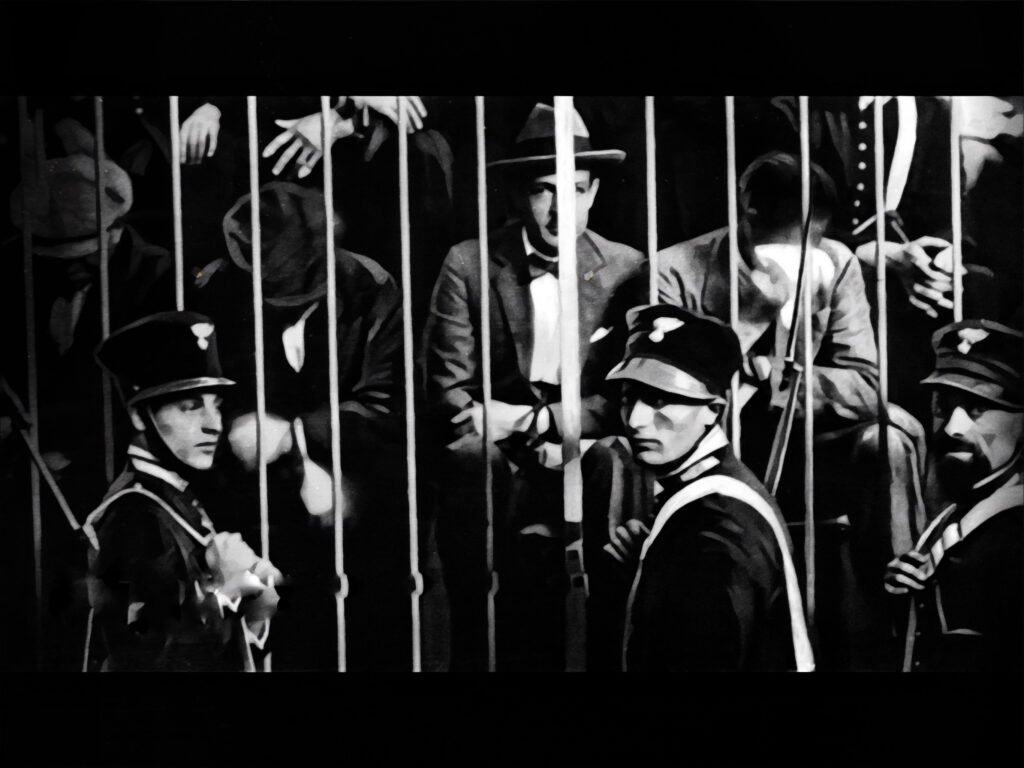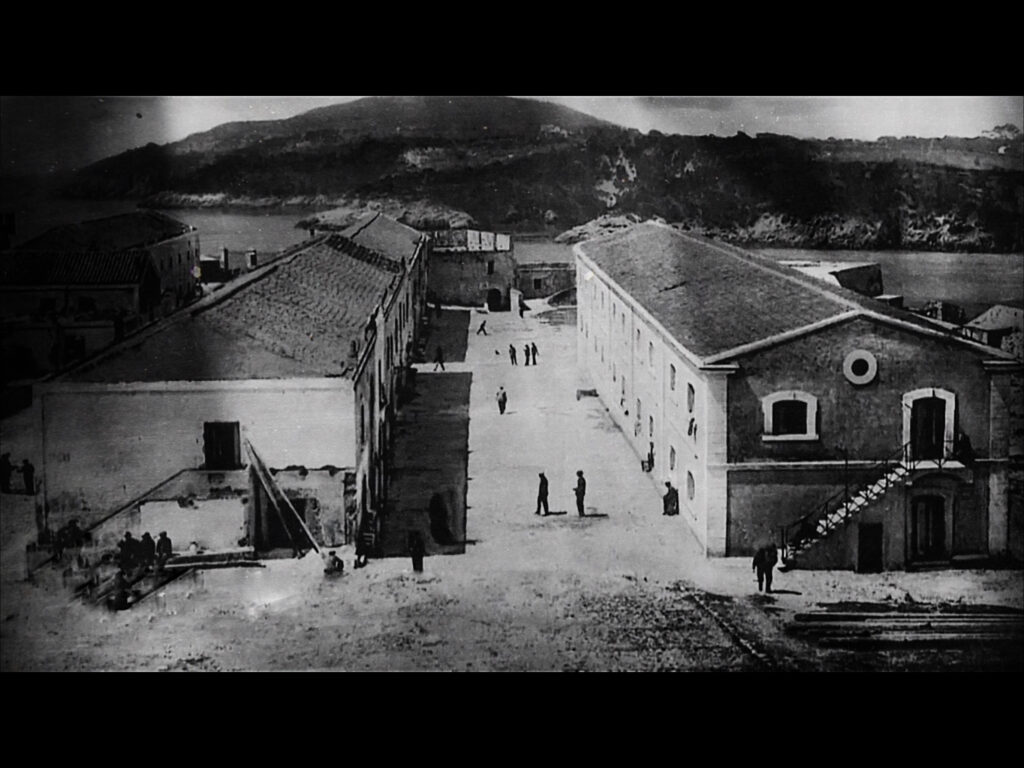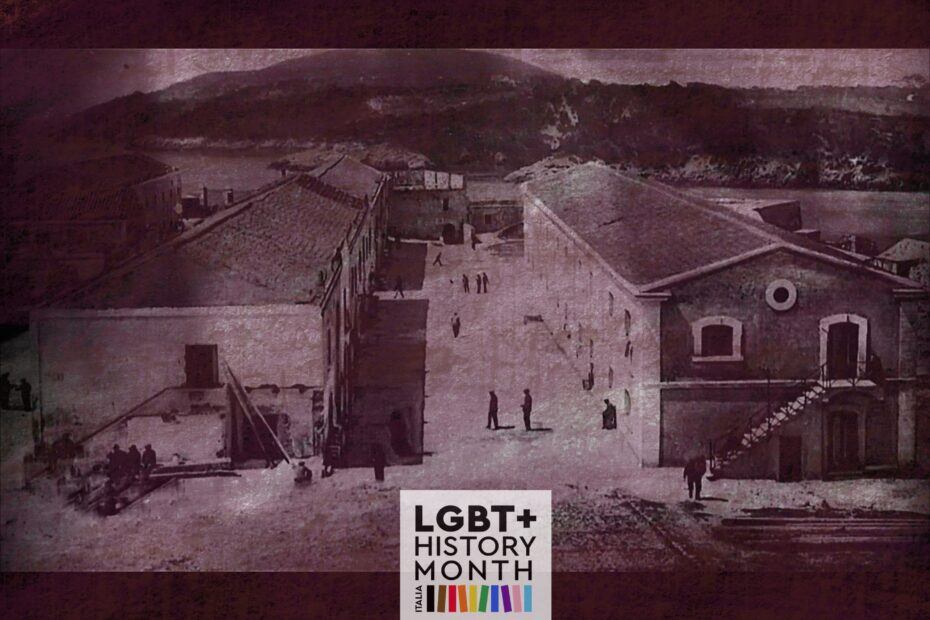Under fascism Italy experienced one of the darkest moments in its LGBT+ history. Hundreds of homosexuals (almost exclusively men) were arrested, put on a register by the Ministry of the Interior, and sent to internment camps.

This is the story of the ‘arrusi’. Forty-five gay men from Catania, arrested in 1939 and sentenced to 5 years confinement on Puglia’s beautiful Tremiti islands, unwittingly creating Italy’s first openly gay community.

They were the girls. This is how they were addressed by the policemen who had the task of checking the prisoners 24 hours a day. They were removed from their families, from their own city, from friends and from work, only because of their suspected homosexuality.
Without electricity, without water, they lived in dilapidated dormitories, locked up all night.
— From the article ‘Quando le isole Tremiti erano il confino per omosessuali’’ by Alessandro Bovo


“In the mid-1930s, the archipelago was used exclusively for the confinement of political detainees. Many common inmates—offenders, mobsters, and even homosexuals — were gradually relocated elsewhere, though a number still remained in 1939. The population of detainees sharply declined. More political detainees began to arrive, especially (since 1937) those who were disruptive influences in the other detention centres. It was not until1939 that the number of prisoners began to grow rapidly again: from 264 to 444, with more expected.”
“As they look up, towards the fortress, they begin to climb a narrow walkway between the escarpment and the ramparts. Finally they reach the top. Between the walls and the actual abbey there is an esplanade with four large two-storey dormitories built by the Bourbons, and some other similar buildings from the Fascist era. In the dormitories, or (as a prisoner, Jaurés Busoni wrote a few years earlier) in the various shelves, large rooms, entrance halls, recesses and ravines of the abbey and castle remains, adapted as living space, are the permanent residents and the detainees. The colony’s management and office accommodation, and the barracks for guards and carabinieri are located in the fortress. Fortunately, however, the thugs of the voluntary militia for national security are absent.
The formalities are quickly completed. The director explains the confinement rules… confined persons must be well behaved and not may not give cause for suspicion. Each has their place in the dormitory, from which it is not permitted to leave without permission. Every morning, when the barracks are opened, the prisoners are required to present themselves dressed and ready… to answer the roll call; there is then a second roll call a few hours later, to which is added a third roll call in the afternoon during the eight hottest months. At all times they must have an identification document called permanence card with them.
The control is apparently very tight. Not surprisingly, it is forbidden to go sailing for pleasure, frequent places of public entertainment is also prohibited, likewise places for public or private meetings; even in the shops the confined persons must visit only as strictly necessary; and in the dormitories themselves there is a curfew.”
“— La città e l’isola: Omosessuali al confino nell’Italia fascista di Gianfranco Goretti, Tommaso Giartosio

